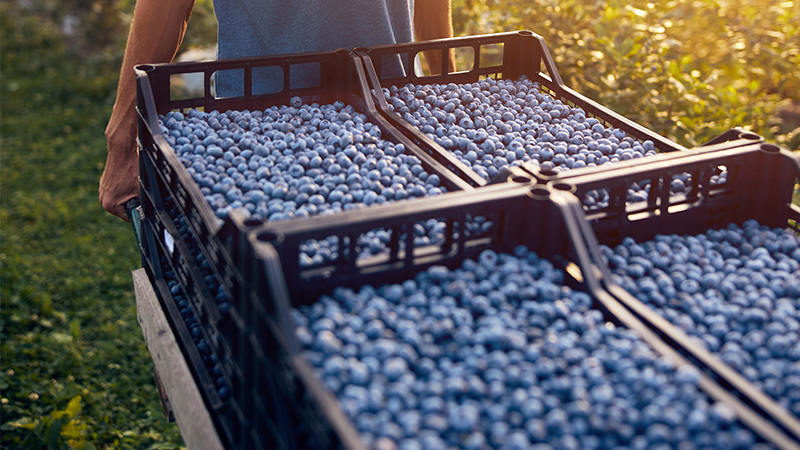Reasons Renewable Energy and Farming Go Hand in Hand
Wind and solar farms are sometimes dedicated solely to producing renewable energy. However, farmers can also integrate renewable energy with traditional planting operations to maximize the use of space and even improve crop growth. Here’s how farmers are combining the practices.
Making Hay While the Sun Shines
Agrivoltaics is the use of land for both solar panels and crop growth. Although solar panels may reduce the yields of sun-loving crops, they directly increase the production of other plants by providing shade. The shade lowers the temperature, reduces the amount of direct sunlight on the plants and minimizes evaporation.
The result is better harvests and more profits. In fact, agrivoltaics can increase land productivity by as much as 70% and increase farms’ incomes by over 30%.
Farmers who don’t have the amount of land needed to start a profitable solar array can install solar panels on greenhouse roofs, instead, as long as the plants inside benefit from shade. Solar panels are also sometimes compatible with large greenhouses that can afford to dedicate some roof space.
Letting Off Steam
Geothermal energy takes two forms. Underground heat can drive steam-powered turbines that generate electricity, or people can use the Earth’s heat to directly warm buildings.
Farmers can make use of the first type — called geothermal power — for numerous agricultural applications in lieu of fossil fuels. For example, they can use geothermal energy to heat or cool buildings, power electric machinery or process food.
Geothermal heat pumps, which directly warm buildings, can save up to 70% on heating costs. The radiant heat can regulate temperature and humidity inside greenhouses to help cultivate crops. After harvest, geothermal heat can help with dehydration, cooling and cold storage processes to reduce food waste. Farmers can also use it for heating aquaculture tanks to produce fish and vegetables simultaneously.
Geothermal energy sources are especially promising because they convert nearly 100% of their potential into electricity. That’s much higher than coal and natural gas, with up to 50% conversion rates.
The Winds of Change
Wind turbines are a natural addition to farms because they mostly take up vertical space, leaving ample room around the bases to plant crops. Unlike plants, wind turbines continue producing without any water, soil or fertilizer input, making them a great choice for supplementing farmers’ incomes.
Researchers from Iowa State University found several potential benefits of wind turbines on plant growth. First, turbines increase turbulence so the wind interacts with the plants more. This process may increase evaporation from the plants or move carbon dioxide out of the soil and toward the crops.
Wind turbines can also delay dew formation and lead to earlier evaporation by blowing on the field. A shorter wet period means less of a chance for fungi and molds to form, reducing the chances of pathogen growth on crops. A shorter wet period could also lead to earlier harvesting because farmers have to wait for certain crops.
When the wind moves the plant canopy, it allows sunlight to penetrate crops underneath that normally don’t get as much sun. This process can stimulate new growth in previously struggling plants.
Overall, there appear to be no negative effects of growing crops in the presence of wind turbines, and it has become a common practice.
The Best of Both Worlds
Renewable energy and farming go hand in hand. Geothermal, wind and solar power can all complement crop growth and other agricultural processes without harming the environment. And, in a volatile market influenced by climate change, fluctuating fertilizer prices and population growth, it’s no wonder farmers are turning to renewable energy to provide a stable source of income. The future of agriculture and energy is looking bright.










